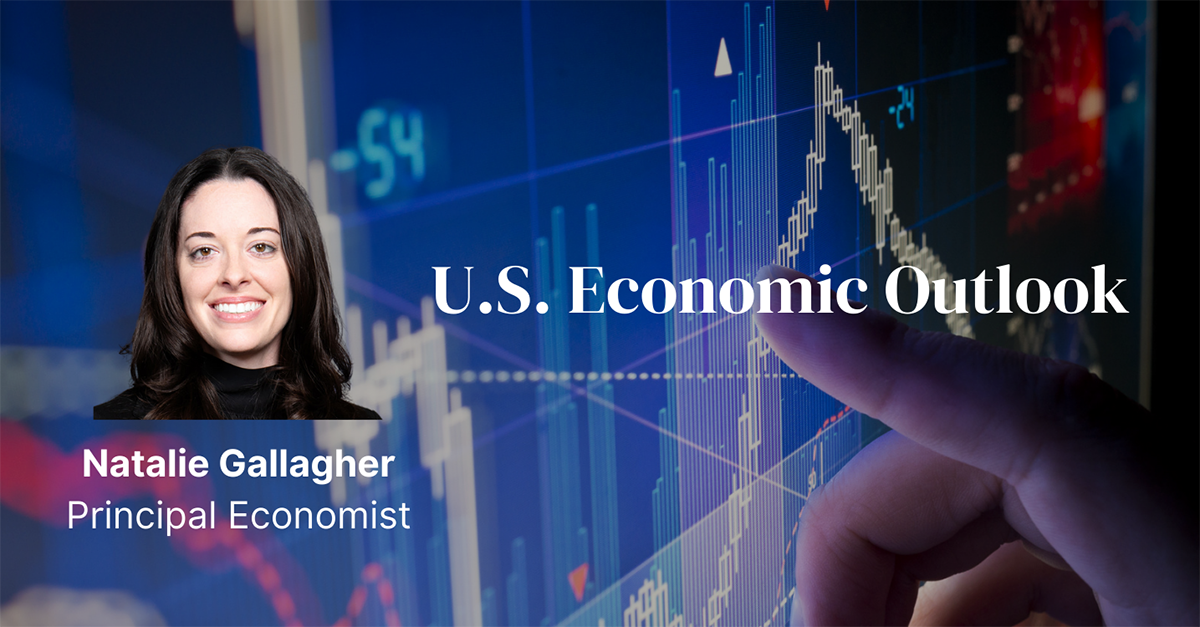Last Updated: February 25, 2022
The term VUCA has become increasingly popular to describe the business world’s dynamic and unpredictable nature. However, it has perhaps never been more relevant than in today’s economic climate impacted by pandemic and geopolitical conflict. As many people know, VUCA stands for volatility, uncertainty, complexity, and ambiguity. This post takes a closer look at each aspect of VUCA, the current pandemic and economic situation, and how scenario planning can inform resilient businesses.
First, volatility refers to the unstable and fast-changing nature of an industry or market. We saw volatility early on in the pandemic with the tumultuous stock market, and the rapidly changing prices of everyday products as cities and counties went into lockdown. We have also seen volatility throughout the last few months as certain businesses thrive, like streaming services and home improvement, while others struggle, like travel and restaurants.
Uncertainty can occur when there’s an inability to accurately predict future outcomes based on the information available at the time. This is evident as we face various unknowns on how and when the pandemic may come to a close. This has created much uncertainty as we try to figure out what the new normal looks like for businesses. Tension is also heightened by the U.S. election that will invariably impact both the economy and pandemic in the next couple of months.
Complexity refers to the many interconnected pieces of our current world. Between the pandemic, the election, and the recession, many different variables affect the current economic outlook. These variables are all intertwined and affect one another in ways we may not even realize yet. This means that even when we have all of the information, trying to clearly understand and interpret it is incredibly difficult given the complex nature.
Finally, ambiguity means that even if we have all of the information and can sort through its complexity, how different pieces come together to affect the future are not clearly outlined. Specifically, ambiguity refers to the inability to analyze the current environment. Often, this means that the relationship between cause and effect is not precisely defined. Just think of the world today, and we can see that some aspects of this current recession appear to be different from past recessions. These unprecedented effects make planning for the future less clear cut than ever before.
Together, each aspect of VUCA creates a fast-moving, dynamic economic climate. While this can make planning and strategizing difficult for businesses, the good news is that we have never been as equipped as we are now to analyze massive amounts of data and extrapolate economic trends. In particular, combining econometric modeling with external real-time data allows businesses to navigate uncertainty and mitigate risk. While we cannot plan for every possible outcome, economic scenario forecasting uses the best technology currently available to predict future trends and help businesses react quickly when faced with a new crisis. Ultimately, scenario planning can prepare companies to be resilient and thrive despite high volatility, uncertainty, complexity, and ambiguity.
Navigate What’s Next with Economic Scenario Planning
The COVID-19 crisis has given rise to a world of economic uncertainty, with uneven effects across regions and industries. As we head into the planning cycle, every business wants to know, “How will the pandemic impact next year’s numbers?”
Prevedere’s Economic Scenario Planning solution helps companies navigate these tumultuous times. The solution projects future business outcomes for three plausible macroeconomic scenarios under COVID-19. Companies can use these insights to sharpen 2021 forecasts and plans, improve shareholder guidance, and stay on top of the pandemic’s evolving impact.


